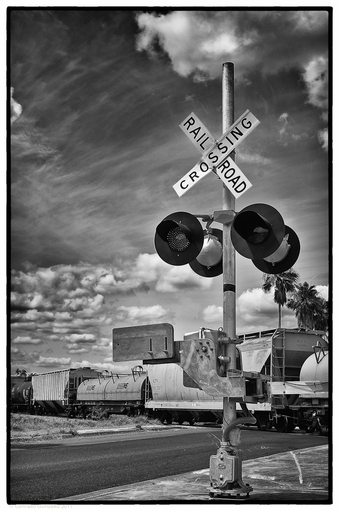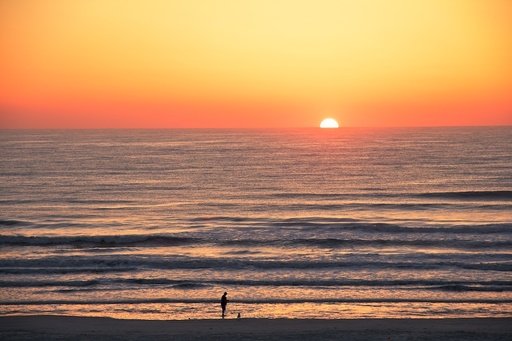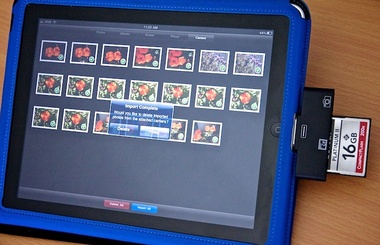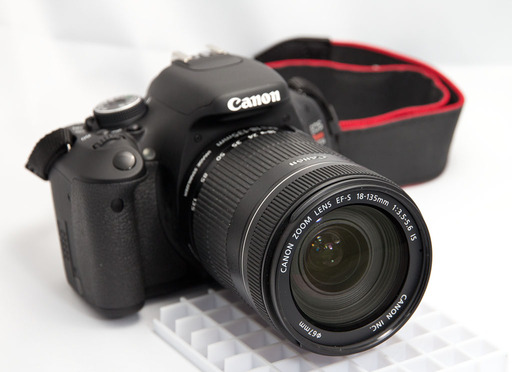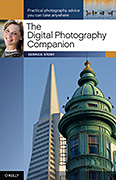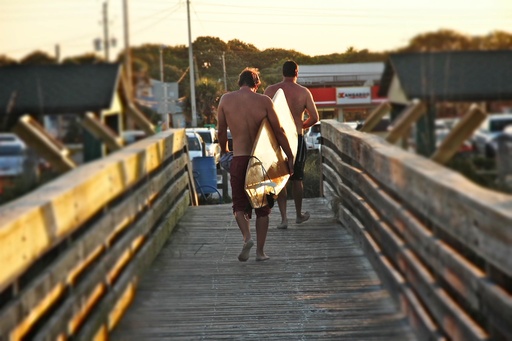I have new way to share the best of your photo contributions with our virtual camera club... and the world. We now have the TDS Member Photo of the Day on The Digital Story Facebook Fan page. Those images are curated from our vast collection on The Digital Story Public Group on Flickr (which has over 1,700 members and 17,000 images.) In this week's podcast, I talk about the role our Facebook page will play in our overall virtual camera club, and how you can particiapte (or at least, just enjoy).
I've also posted more details about this in the article, Why You'll Like TDS on Facebook. Please stop by, "Like," and start enjoying great imagery from our virtual camera club members.
Listen to the Podcast
You can also download the podcast here (29 minutes). Or better yet, subscribe to the podcast in iTunes. You can support this podcast by purchasing the TDS iPhone App for only $2.99 from the Apple App Store.
Monthly Photo Assignment
Shades of Green is the May 2011 Photo Assignment. You can read more about how to submit on our Member Participation page. Deadline for entry is May 31, 2011.
TDS Fall 2011 Photography Workshop
We're making plans now for the Fall 2011 TDS Photography Workshop. If you want your name on the reserve list, just drop me a line.
More Ways to Participate
Want to share photos and talk with other members in our virtual camera club? Check out our Flickr Public Group. And from those images, I choose the TDS Member Photo of the Day.
Podcast Sponsors
Red River Paper -- Try the $7.99 Sample Kit.
Make Your Photos Sizzle with Color! -- SizzlPix is like High Definition TV for your photography.
Need a New Photo Bag? Check out the Lowepro Specialty Store on The Digital Story and use discount code LP20 to saven 20% at check out.
Technorati Tags:
digital photography, podcast, technique, Technology, The Digital Story, tips


